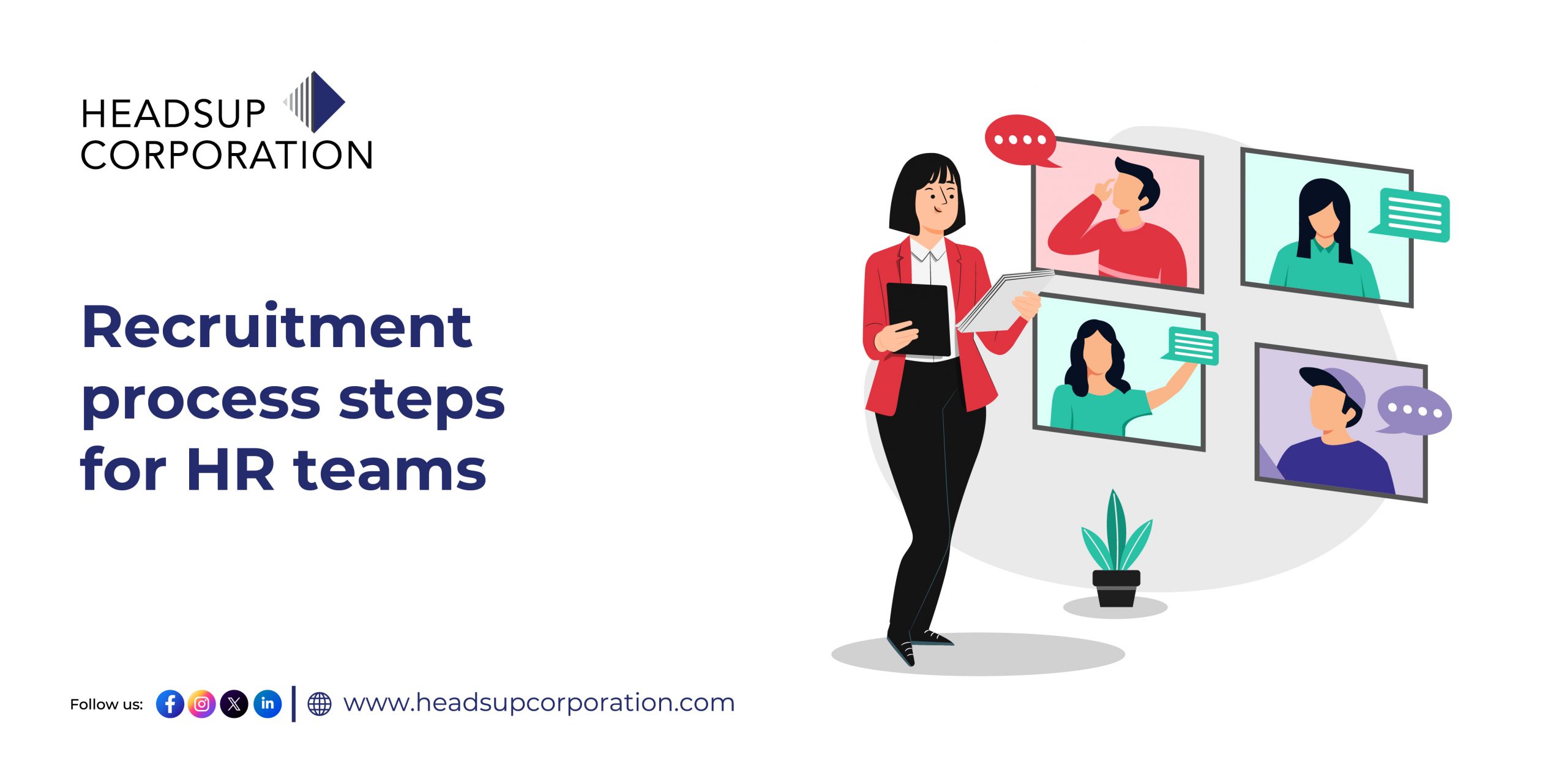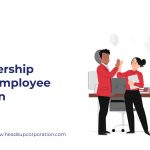
Recruitment Process Steps for HR Teams
Recruitment is more than just filling vacancies—it’s about finding the right talent that aligns with your organisation’s vision, culture, and long-term goals. A well-structured recruitment process not only ensures you hire the right people but also strengthens your employer brand, reduces turnover, and improves overall productivity.
Did you know? According to LinkedIn’s Global Talent Trends 2024 report, companies with a structured recruitment process are 3 times more likely to improve retention and reduce hiring costs significantly.
Why a Structured Recruitment Process is Important
- Efficiency & Time-Saving: Streamlined steps reduce redundant tasks and speed up hiring.
- Better Candidate Experience: Clear communication and structured interviews leave candidates with a positive impression.
- Improved Quality of Hire: Following a standardised process helps select candidates who fit both skill requirements and company culture.
- Data-Driven Decisions: Documented processes provide measurable insights for continuous improvement.
5 Key Steps in the Recruitment Process
1. Job Analysis & Requirement Definition
Before posting a job, HR teams must understand the role in detail. This includes:
- Key responsibilities and deliverables
- Required skills and qualifications
- Reporting structure and role expectations
Why it matters: A clear job description attracts relevant candidates and reduces mismatches.
2. Sourcing Candidates
HR teams identify potential candidates through multiple channels:
- Internal referrals
- Job portals & social media
- Campus recruitment & talent pools
- Recruitment agencies
Why it matters: Diverse sourcing channels increase the chances of finding top talent.
3. Screening & Shortlisting
This step filters candidates based on resumes, experience, and skills. Tools like ATS (Applicant Tracking Systems) or pre-screening calls help streamline this stage.
Why it matters: Efficient screening ensures only the most suitable candidates move forward, saving time for both HR and hiring managers.
4. Interview & Assessment
Structured interviews—behavioral, technical, or case-based—help evaluate candidate fit. Some organizations also include skill assessments or psychometric tests.
Why it matters: A consistent interview process reduces bias and ensures fair evaluation.
5. Offer & Onboarding
Once a candidate is selected, HR issues an offer and initiates the onboarding process. Effective onboarding includes orientation, role clarity, and integration into the team.
Why it matters: A smooth onboarding process improves engagement and retention from day one.
The Headsup Way
At Headsup, we combine technology with human expertise to optimise every recruitment step:
- Smart Sourcing: AI-driven candidate matching plus human verification for quality.
- Data-Backed Screening: Insights on skills, experience, and cultural fit.
- Structured Interviews: Behavioral and technical evaluation frameworks.
- Continuous Improvement: Recruitment analytics to refine strategies and reduce time-to-hire.
By integrating analytics, psychometrics, and personalised guidance, Headsup ensures organisations hire faster, smarter and with confidence.
Recruitment is the backbone of organisational growth. By following a structured process, from defining roles to onboarding you not only hire the right talent but also enhance your company’s culture and long-term success.



